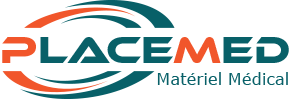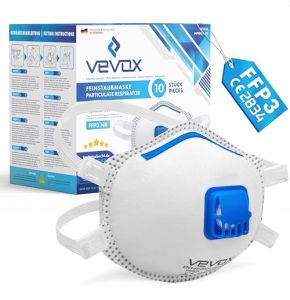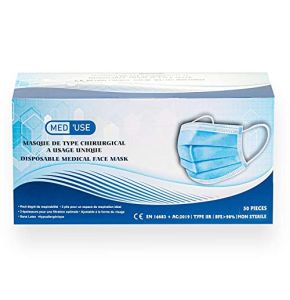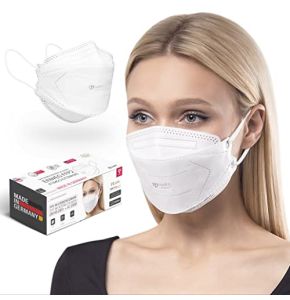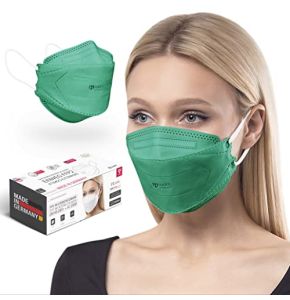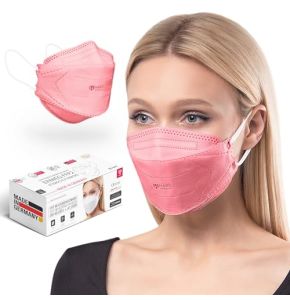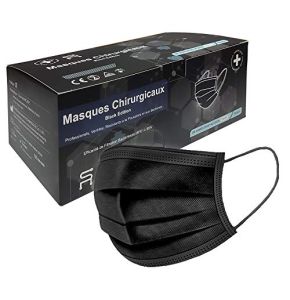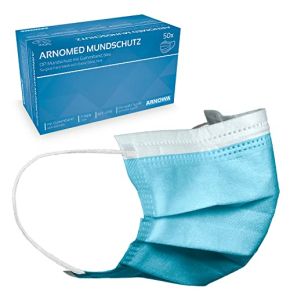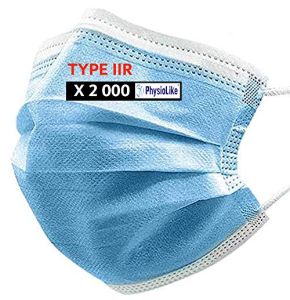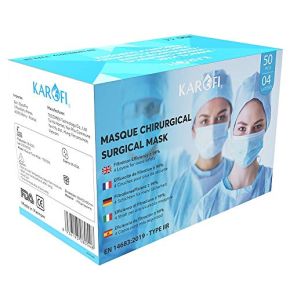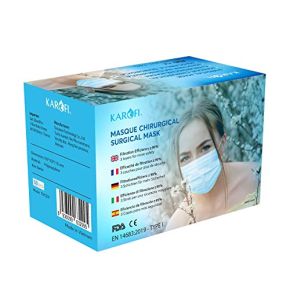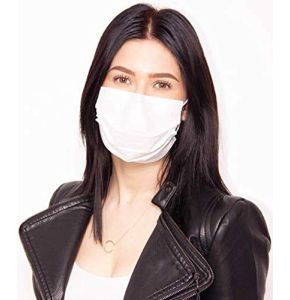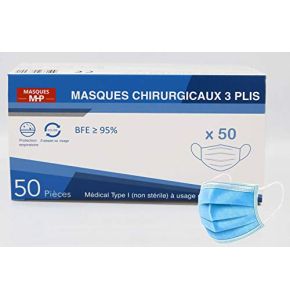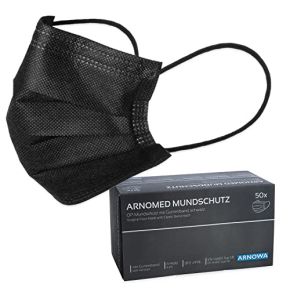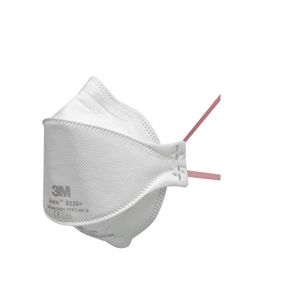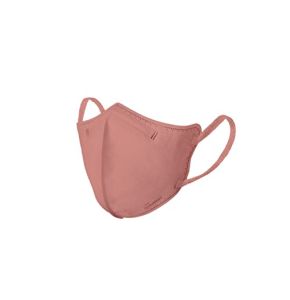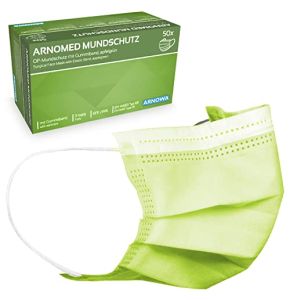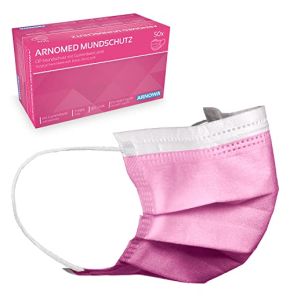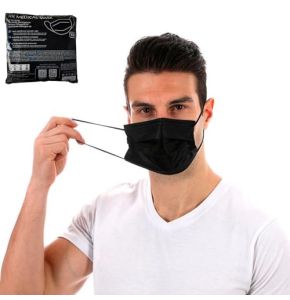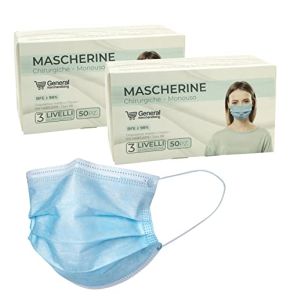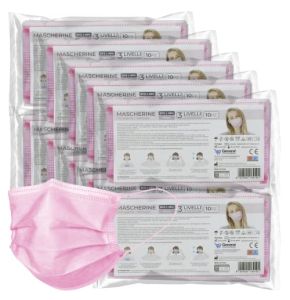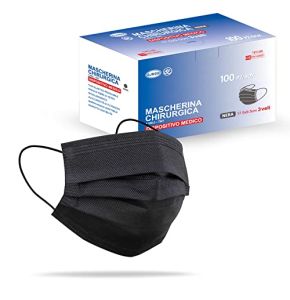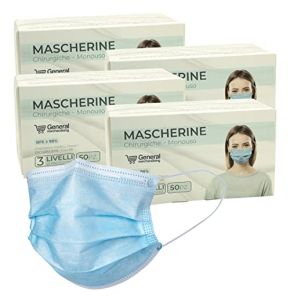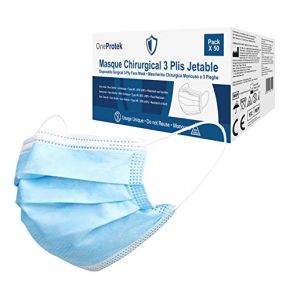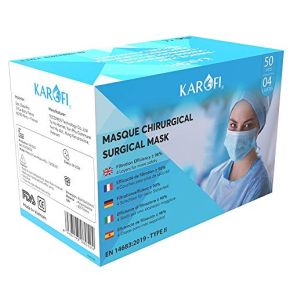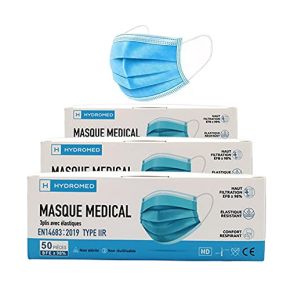Surgical mask
18/11/2024 426
18/11/2024 505
18/11/2024 501
18/11/2024 475
18/11/2024 356
18/11/2024 368
18/11/2024 401
18/11/2024 445
18/11/2024 409
18/11/2024 396
18/11/2024 354
18/11/2024 410
18/11/2024 415
18/11/2024 433
18/11/2024 437
18/11/2024 405
18/11/2024 483
18/11/2024 386
18/11/2024 409
18/11/2024 493
18/11/2024 401
Protect Yourself and Others with the Surgical Mask
The surgical mask is a simple yet essential tool in the medical field. It helps limit the spread of infections and protects both healthcare personnel and patients. Its proper use is vital to ensure everyone's safety. Understanding how it works and how to use it correctly can make a significant difference in the fight against infectious diseases.
In this stand, we offer you the opportunity to discover our wide selection of surgical masks perfectly suited for healthcare personnel, patients, and visitors. You will find all types of medical masks used in hospitals or clinics: FFP1, FFP2, and FFP3, etc. These masks have a high filtration capacity and comply with the EN149 standard.
Whether you are a hospital manager, a doctor, a dentist, a surgeon, or a nurse, our medical equipment suppliers can meet all your requests and needs regarding medical protection.
How Do Surgical Masks Protect Against Pathogens?
Surgical masks act as a physical barrier. They prevent germ-carrying droplets from spreading. When we speak, cough, or sneeze, we emit small particles into the air. These particles may contain bacteria or viruses. The mask traps these particles before they contaminate the air or surrounding surfaces.
Masks are made with multiple layers of filtering materials. These layers capture particles of different sizes. The outer layer is splash-resistant. The middle layer filters microscopic particles. The inner layer absorbs moisture from breathing.
Filtration Mechanisms
- Mechanical Barrier: Physically prevents particles from passing through the mask.
- Electrostatic Filtration: Electrically charged fibers attract and retain particles.
- Absorption: The inner layers absorb moisture and aerosols.
Thanks to these mechanisms, the surgical mask significantly reduces the risk of transmitting pathogens. It is important to note that for it to be effective, the mask must be worn correctly and cover the nose and mouth.
What is the Difference Between a Surgical Mask and a Respiratory Mask (FFP)?
Although surgical masks and FFP (Filtering Facepiece Particles) respiratory masks look similar, they have different uses and levels of protection. Understanding these differences helps in choosing the right protective equipment.
Surgical Mask
- Usage: Designed to prevent the wearer from contaminating the environment.
- Protection: Protects against splashes of biological fluids.
- Filtration: Filters large particles emitted by the wearer.
Respiratory Mask (FFP)
- Usage: Protects the wearer against inhaling fine particles in the air.
- Protection: Offers higher filtration against airborne pathogens.
- Types: Classified into FFP1, FFP2, and FFP3 according to the filtration level.
In summary, the medical mask primarily protects the environment from the wearer, while the FFP mask protects the wearer from the environment. The choice depends on the situation and the level of exposure risk.
When and How to Properly Change a Surgical Mask?
It is important to regularly change your medical mask to maintain its effectiveness. A saturated or damaged mask no longer protects correctly and can even become a source of contamination.
Replacement Frequency
- Maximum Duration: A mask should be worn for a maximum of 4 hours.
- Wet Mask: Change it as soon as it becomes wet.
- After a Procedure: Replace it after each patient interaction.
Disposal Techniques
- Secure Removal: Remove the mask by the straps without touching the front part.
- Proper Disposal: Throw it in a bin dedicated to medical waste.
- Hand Hygiene: Wash your hands after removing the mask.
By following these steps, you ensure not only your own safety but also that of others. A properly used and disposed mask reduces the risk of infection spread.
What are the Current Standards and Regulations Regarding Surgical Masks?
Surgical masks must meet strict standards to guarantee their effectiveness. These standards ensure that masks provide the expected level of protection in medical settings.
European Standards
- EN 14683: This standard defines the requirements and test methods for surgical masks.
- Mask Types: Classified into Type I, II, and IIR according to their bacterial filtration efficiency.
- Type IIR: Offers resistance to fluid splashes.
Compliance and Certifications
- CE Marking: Indicates that the mask complies with European Union regulations.
- Test Reports: Manufacturers must provide proof of compliance with standards.
- Traceability: Batches must be identifiable to ensure quality tracking.
It is important to verify these certifications when purchasing surgical masks. This ensures that the product provides the necessary level of protection.
How to Avoid Skin Irritations Related to Prolonged Mask Wearing?
Prolonged mask wearing can lead to discomforts such as irritations or redness. However, there are solutions to improve comfort without compromising safety.
Solutions for Healthcare Personnel Comfort
- Skin Hydration: Apply a moisturizing cream before and after wearing the mask.
- Soft Materials: Choose masks with an internal face made of soft material for the skin.
- Additional Protections: Use foam nasal strips or pads behind the ears.
It is also recommended to take regular breaks when possible. Remove the mask in a safe place to allow the skin to breathe.
By taking care of your skin, you can continue to wear the mask without discomfort. This allows you to maintain protection measures while preserving your well-being.
Additional Tips
- Avoid Makeup: Cosmetic products can clog pores under the mask.
- Regular Cleaning: Wash your face before and after wearing the mask.
- Choose the Right Size: A well-fitted mask reduces excessive friction.
By following these tips, wearing a medical mask becomes more bearable daily. Protection against infections remains effective without sacrificing comfort.
The surgical mask is a key element for safety in the medical environment. Understanding how it works, its differences with other masks, and how to use it correctly is essential. By adhering to standards and taking care of your skin, you contribute to a safer environment for everyone.
 Francais
Francais 